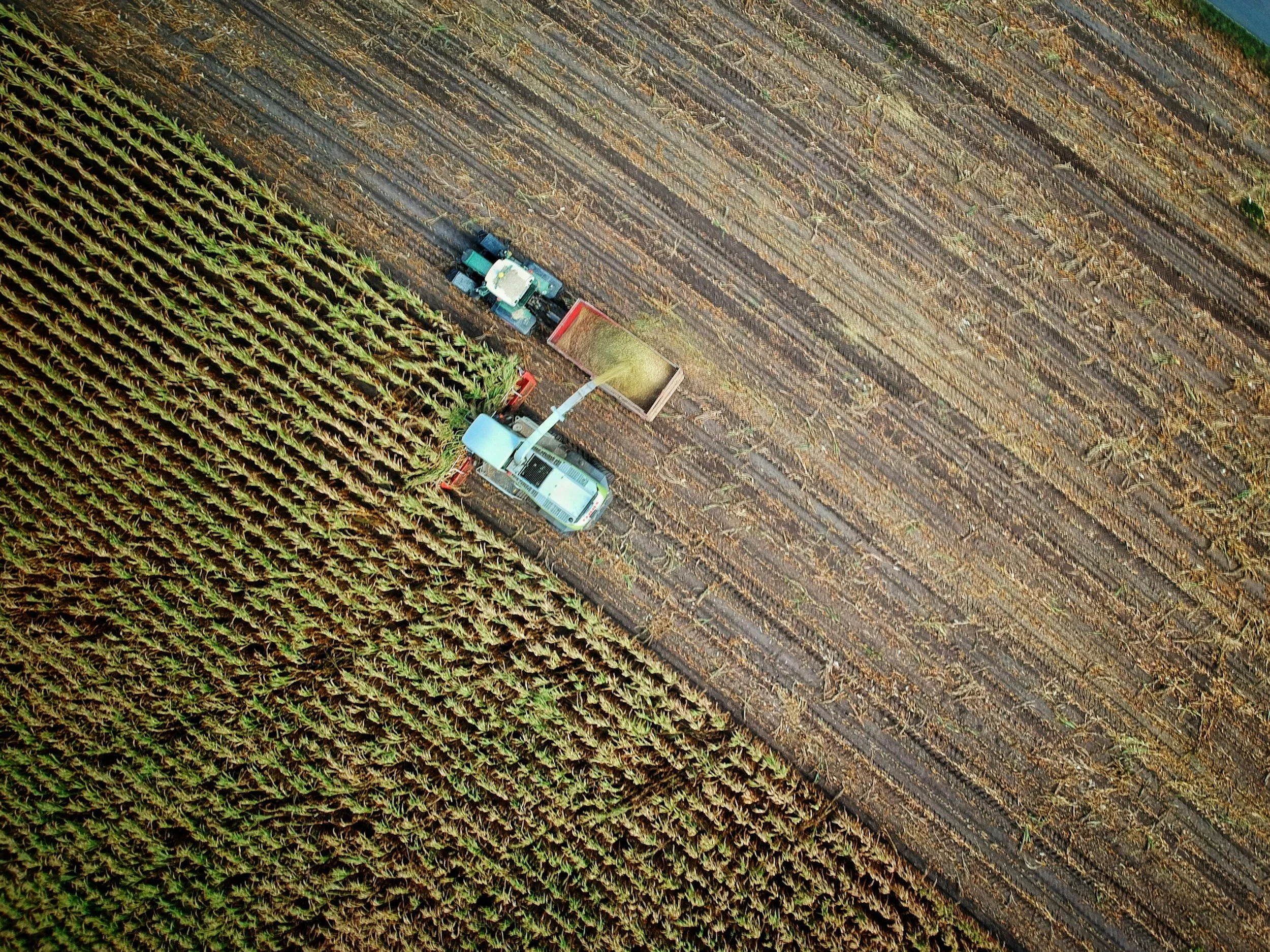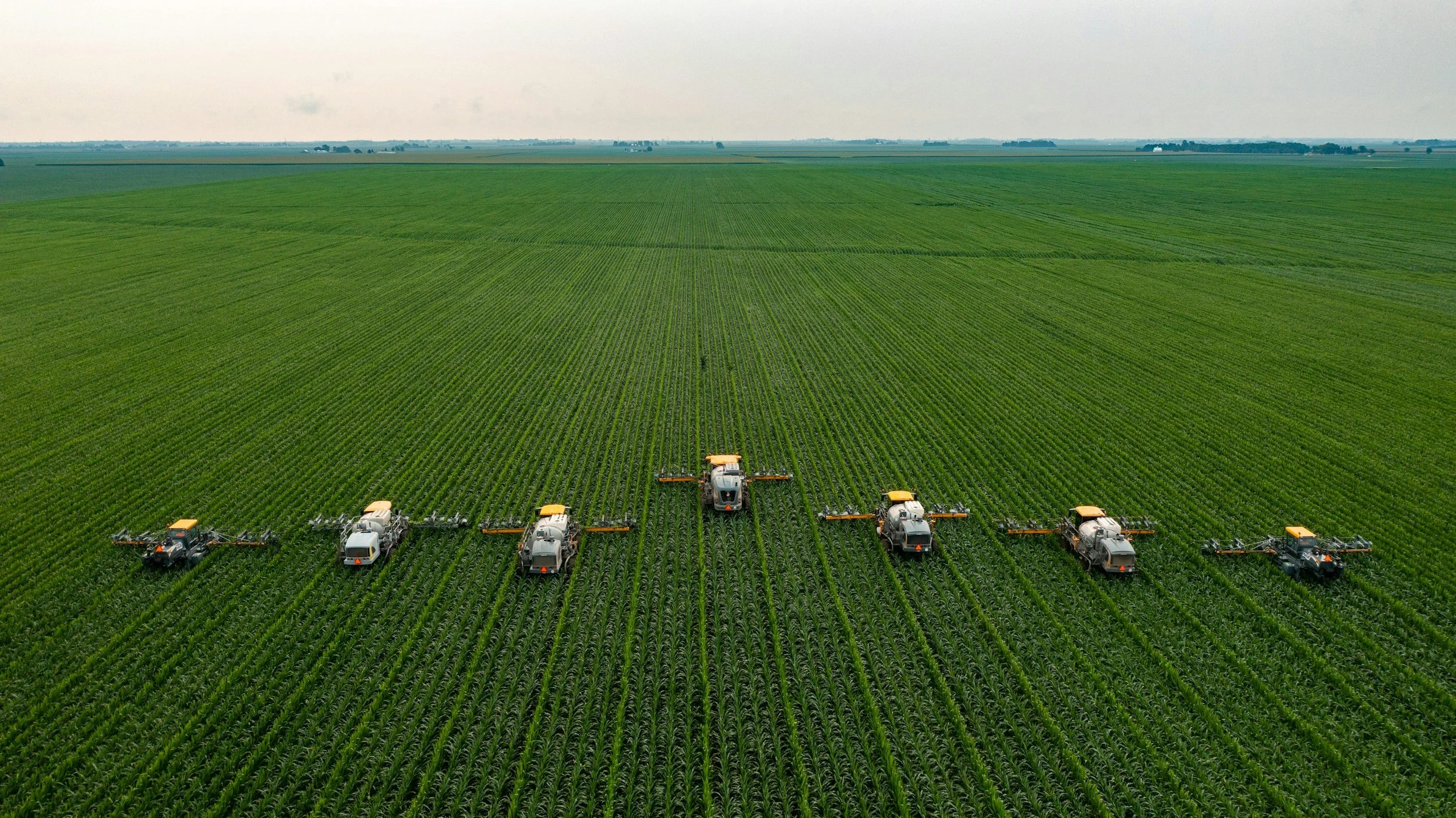Sustainable Farming with Plant Biostimulants: What You Need to Know
/Plant biostimulants have gained considerable attention in modern agriculture for their ability to enhance plant growth and productivity. As farmers and agricultural experts seek sustainable and eco-friendly solutions, biostimulants are becoming a key component in the quest for higher yields and healthier crops. This article explores the concept of plant biostimulant products, their benefits, and their role in agriculture.
Understanding Plant Biostimulants
Plant biostimulants are substances or microorganisms that, when applied to seeds, plants, or the soil, stimulate natural processes to enhance nutrient uptake, efficiency, tolerance to abiotic stress, and crop quality. Unlike fertilizers that directly supply nutrients, biostimulants work by optimizing the plant’s physiological processes, thereby improving growth and yield indirectly.
Types of Plant Biostimulants
Biostimulants play a vital role in enhancing plant growth, resilience, and productivity by stimulating natural processes. These substances are not fertilizers but work alongside them to improve plant health in a sustainable way. By using biostimulants, farmers and gardeners can boost nutrient uptake, increase plant tolerance to stress, and improve soil health. Below are some of the most commonly used types of plant biostimulants and their benefits in promoting plant growth and vitality.
1. Humic Substances
Humic substances, including humic and fulvic acids, are organic compounds derived from decomposed plant and animal matter. These substances improve soil structure, increase water retention, and enhance nutrient availability. They also stimulate root growth, enabling plants to access nutrients more efficiently.
2. Protein Hydrolysates and Amino Acids
Protein hydrolysates and amino acids are derived from animal or plant proteins. They serve as precursors for the synthesis of vital plant hormones and enzymes. By promoting cell division and elongation, these biostimulants contribute to stronger and more vigorous plant growth.
3. Seaweed Extracts
Seaweed extracts are rich in minerals, vitamins, and growth-promoting hormones like auxins, cytokinins, and gibberellins. These extracts improve root development, enhance stress resistance, and promote overall plant vitality.
4. Microbial Inoculants
Microbial inoculants, such as beneficial bacteria and fungi, form symbiotic relationships with plants. These microorganisms improve nutrient cycling, enhance soil fertility, and protect plants from pathogens. Examples include mycorrhizal fungi and nitrogen-fixing bacteria.
5. Chitosan and Other Biopolymers
Chitosan is a natural biopolymer derived from chitin, a component of crustacean shells. It acts as a biostimulant by inducing plant defense mechanisms against pathogens and pests. Additionally, it enhances plant growth by promoting cell wall strengthening and stress tolerance.
Benefits of Using Plant Biostimulants
Modern agriculture's focus is shifting towards sustainable practices that promote healthier and more resilient crops. One of the key components of these practices is the use of biostimulants. Unlike traditional fertilizers, biostimulants do not directly provide nutrients to plants. Instead, they enhance the plant's ability to absorb nutrients and withstand environmental stresses. This approach not only boosts crop yield but also promotes long-term soil health. Below is an exploration of how biostimulants contribute to plant growth, resilience, and overall vitality.
1. Enhanced Nutrient Uptake
Plant biostimulants enhance the efficiency of nutrient uptake, reducing the need for excessive fertilizer application. By improving root growth and increasing the availability of nutrients in the soil, biostimulants ensure that plants receive the necessary elements for optimal growth.
2. Improved Stress Tolerance
Abiotic stresses, such as drought, salinity, and extreme temperatures, can significantly reduce crop yields. Biostimulants help plants cope with these stresses by modulating stress-related hormones, enhancing antioxidant activity, and improving water-use efficiency.
3. Increased Crop Quality
The application of biostimulants can lead to higher-quality crops with improved taste, color, and nutritional content. For example, seaweed extracts are known to increase the sugar content in fruits, enhancing their flavor and market value.
4. Sustainable Agriculture
Biostimulants are a key component of sustainable agriculture, as they reduce the dependence on chemical fertilizers and pesticides. By promoting natural plant processes and improving soil health, biostimulants contribute to long-term agricultural sustainability.
5. Environmental Benefits
The use of biostimulants reduces the environmental impact of farming by decreasing the runoff of fertilizers and pesticides into water bodies. Additionally, the application of microbial inoculants can enhance soil biodiversity, leading to healthier ecosystems.
Application Methods
The effectiveness of biostimulants depends not only on their composition but also on how they are applied. Different methods of application target various stages of plant development, ensuring that plants receive the maximum benefit from these growth-enhancing substances. By choosing the right application method, farmers and gardeners can optimize plant health and productivity. Below are several common application methods used to deliver biostimulants effectively to plants.
1. Seed Treatment
Biostimulants can be applied directly to seeds before planting, ensuring that young plants have the necessary support for robust growth from the very beginning.
2. Foliar Spray
This method allows for quick absorption and immediate benefits, particularly during critical growth stages.
3. Soil Application
Soil application involves incorporating biostimulants into the soil, either through irrigation systems or by direct application. This method enhances soil fertility and supports root development.
4. Root Dipping
In root dipping, plant roots are immersed in a biostimulant solution before transplanting. This technique is particularly beneficial for young plants, as it promotes root establishment and early growth.
Challenges and Considerations
While the benefits of plants biostimulants are clear, there are challenges and considerations that farmers must take into account. The effectiveness of biostimulants can vary depending on factors such as soil type, climate, and crop species. Additionally, the lack of standardized regulations and definitions for biostimulants can make it difficult for farmers to choose the right products.
Furthermore, the initial cost of biostimulants may be higher than traditional fertilizers, although the long-term benefits often outweigh the costs. Farmers should also be aware of the need for proper storage and handling of biostimulants to maintain their effectiveness.
The Future of Plants Biostimulants in Agriculture
Plants biostimulants offer a promising solution to this challenge by enhancing crop productivity and resilience in an environmentally sustainable manner. With ongoing research and innovation, the use of biostimulants is expected to expand, leading to more efficient and sustainable agricultural practices.
Conclusion
Plants biostimulants represent a valuable tool in modern agriculture, offering numerous benefits ranging from enhanced nutrient uptake to improved stress tolerance. By supporting natural plant processes, biostimulants contribute to higher yields, better crop quality, and more sustainable farming practices. As the agricultural industry continues to evolve, biostimulants will likely play an increasingly important role in ensuring global food security and environmental sustainability.
About the Author:
Sally Smith is a woman who loves to read and write. At the present, she is very delighted to work with many aspiring small businesses. With the rise of the age of social media, it led her interest to centre around digital marketing and blogging.











































A few weeks ago I pulled the last cover crops from one of my raised beds, and it struck me how often we think of cover crops as something to plant in the off-season. There are many benefits to planting them, including improving soil structure, adding nutrients to the soil, and protecting against erosion.